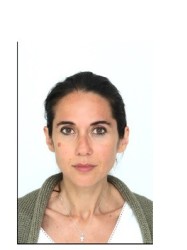BibTex format
@article{Bisbas:2022:1538-4357/ac7960,
author = {Bisbas, TG and Walch, S and Naab, T and Lahén, N and Herrera-Camus, R and Steinwandel, UP and Fotopoulou, CM and Hu, CY and Johansson, PH},
doi = {1538-4357/ac7960},
journal = {Astrophysical Journal},
title = {The Origin of the [C ii] Deficit in a Simulated Dwarf Galaxy Merger-driven Starburst},
url = {http://dx.doi.org/10.3847/1538-4357/ac7960},
volume = {934},
year = {2022}
}

